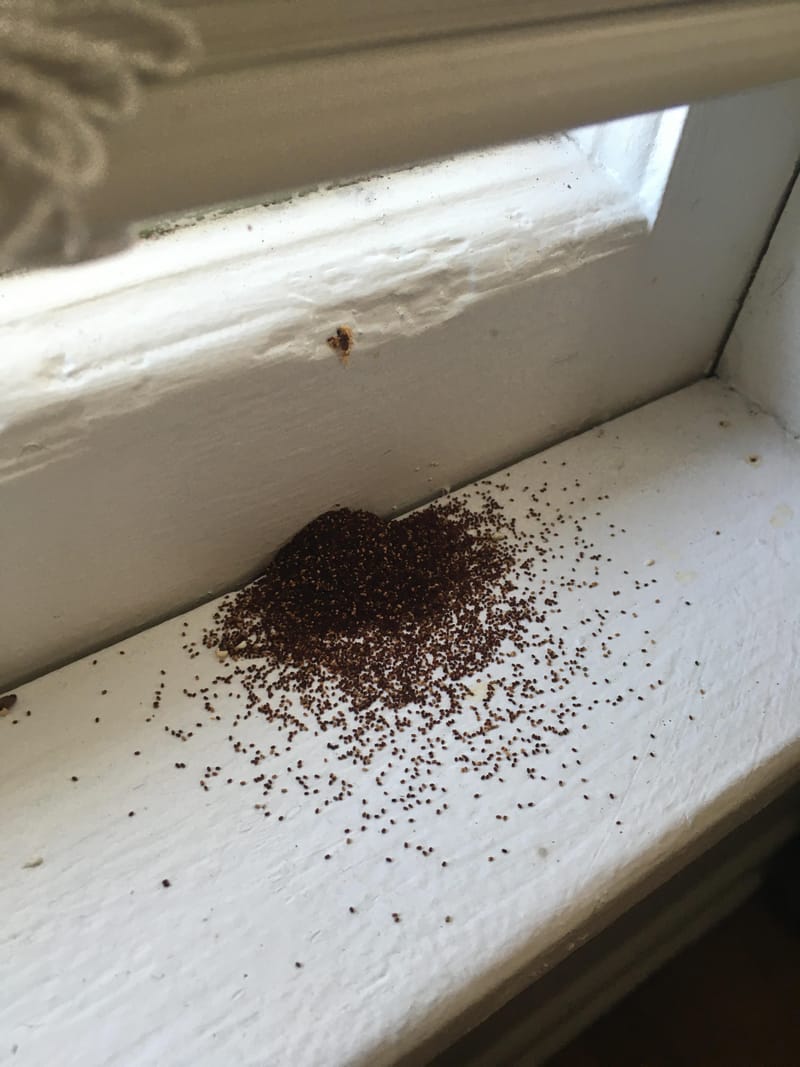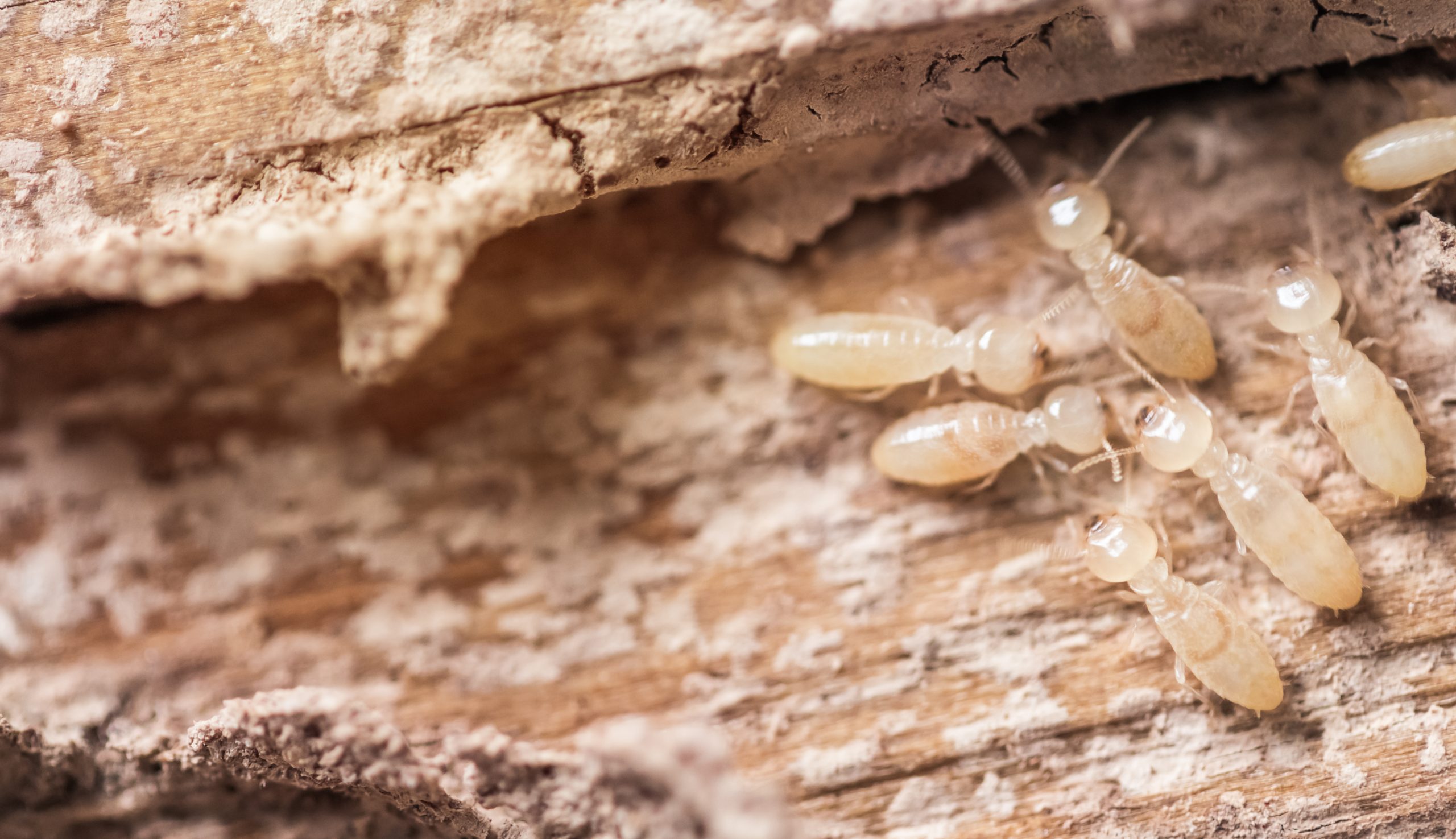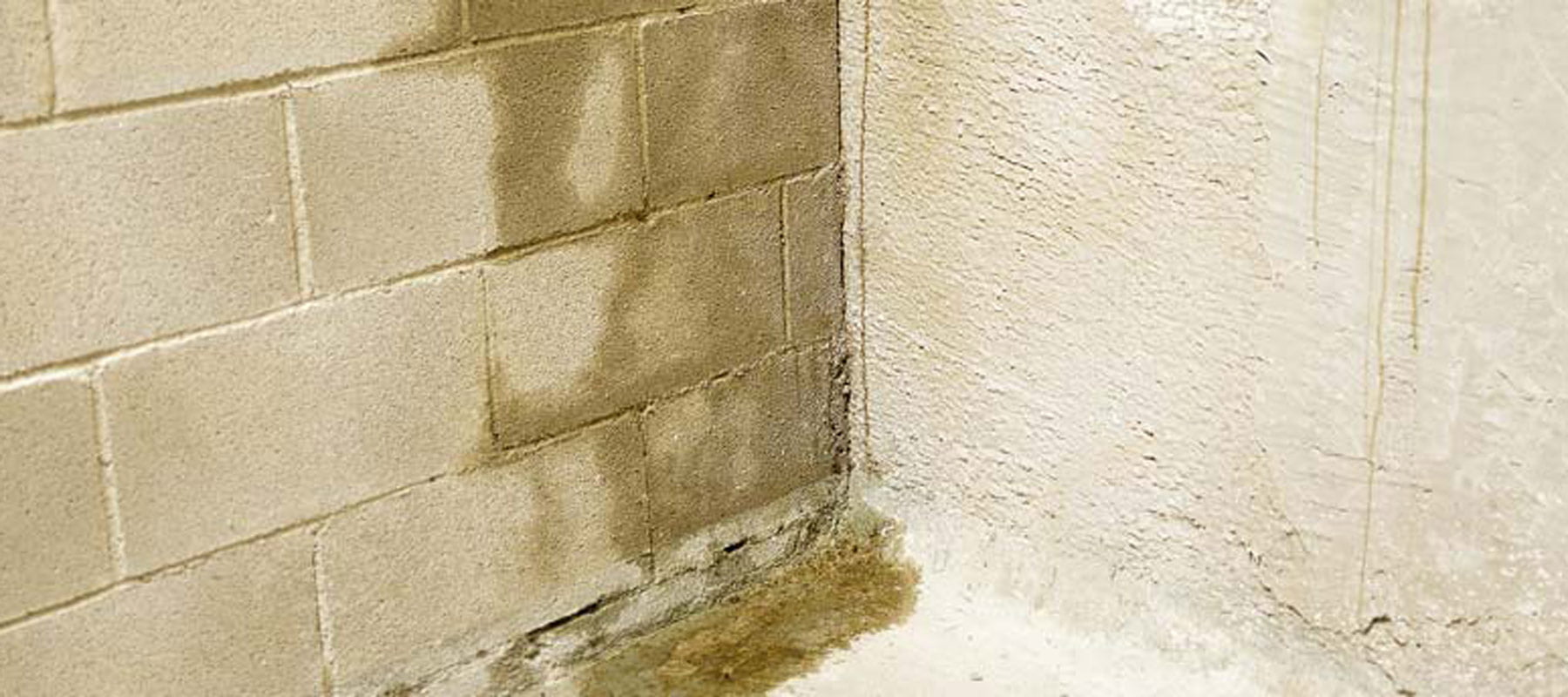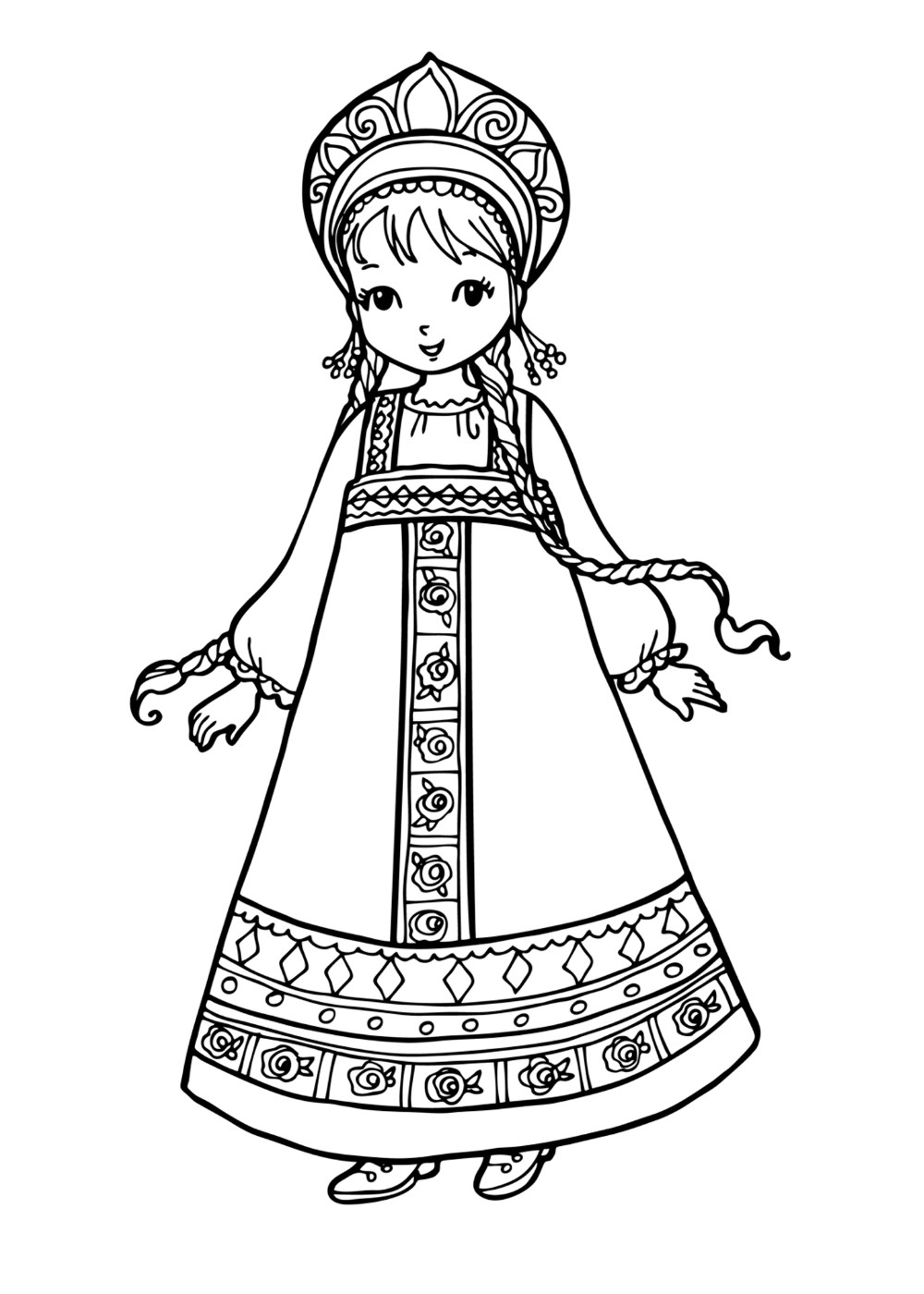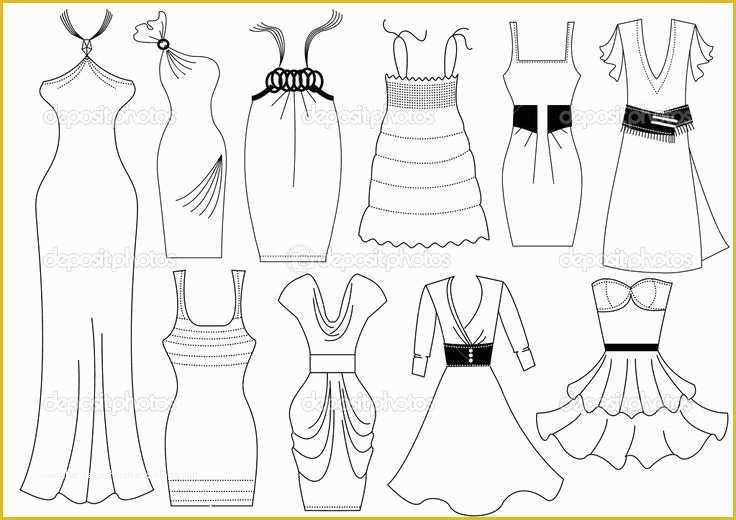Table Of Content

Adding cut wedges from leftover branches to another can also help change the direction or shape of a hearty branch. Mary Averill (1913) gives an overview of the numerous schools of ikebana. A school is normally headed by an iemoto, oftentimes passed down within a family from one generation to the next.[20] The oldest of these schools, Ikenobō goes back to the 8th century (Heian period). The worldwide interest in Ikebana can largely be attributed to its deep-seated roots in mindfulness and the meditative process involved in creating an arrangement. It serves as a soothing escape from the fast-paced modern lifestyle, allowing individuals to slow down, focus on the present, and find beauty in simplicity.
Popular Types of Japanese Flowers
The Japanese-style flower arrangement requires the use of seasonal flowers. In the same way as haiku (a style of Japanese poetry) composition, the bouquet is an association of nature to the artist’s emotions. Ikebana flower arrangement is based on three main traditional rules (asymmetry, void and depth) but it adapted successfully to modern shapes, notably through the choice of a container that will highlight the flowers. It’s no surprise that the interest in Japanese garden ideas is growing fast as we all look for ways to create a truly calm and relaxing outdoor space. Like cherry blossoms and peach blossoms, plum blossoms are five-petaled, star-shaped flowers. They range in color from white to light pink to deep magenta, and they’re produced in proliferation along the branches of plum trees in late winter and early spring.
The Rise of Modern Ikebana - The New York Times
The Rise of Modern Ikebana.
Posted: Mon, 06 Nov 2017 08:00:00 GMT [source]
Ikebana – 2023's biggest floral trend –challenges everything we thought we knew about flower arranging. Here's why
If shin and soe are branches, accompanying decorative flowers, called jushi, will be half as long as shin, soe, and tai. Remember to take into account the depth of the vase and angle placement when deciding how long to cut your branches and flowers. To understand more about ikebana, also known as kadō, let’s learn a bit about the history and philosophy behind the art form, as well as different styles of Japanese flower arranging. Even if you haven’t heard of ikebana, the ancient Japanese art of floristry, you’ve probably seen its influence. Purposeful, feeling floral design and fine art floral design—to my particular joy—have become popularized and publicly celebrated in recent years.
A brief history of how ikebana started
They’re available in dark reds that are almost black, deep ruby, striking crimson, and vibrant shades of cherry. Plus, red tulips come in several variegated varieties and also feature different types of tulip blossoms. Plum blossoms are usually the first flowers to appear in the late winter in Japan. In hanakotoba, Japanese plum blossom symbolizes both elegance and faithfulness. Carnations are popular flowers worldwide thanks to their beautifully ruffled blossoms, sweetly spicy scent, and wide availability in flower shops.
The Art of Garden Etiquette: 10 Ways to Show Respect to Neighbors
Your bridge could take the form of simple stepping stone ideas in the middle of a shallow pool or a graceful arching bridge over a dry gravel and pebble river. These slow-growing beauties can be a little diva-like in their needs, preferring a sheltered spot in free draining and non-alkaline soil. Once you've learned how to grow acers, however, you'll be rewarded with stunning autumn color and graceful, finely cut foliage that oozes Japanese style. Visit us today and experience the beauty of Japanese floral art and immerse yourself in the world of exquisite blooms.
What kind of flowers does ikebana use?
Place the part of the branch you wish to bend over the candle flame, while gently bending it to the desired angle, then immediately plunge the heated section into cold water until completely cool. Historically, Seika arrangements were composed of one material – the exception being the more sumptuous arrangements created for the New Year’s celebrations. Today the rule has been relaxed, and arrangements made of one, two or three materials are common.
What is ikebana?
A grate or a metal frog are most commonly used to achieve an upright position for live elements of the arrangement. Ikebana, once a uniquely Japanese art form, has crossed borders and captured the imagination of flower lovers worldwide. Its minimalist approach and philosophical grounding offer a fresh perspective to floral arrangements, making it a popular subject of study and appreciation globally.
Mix stark and contrasting materials
The Moribana (piling up) category of Ikebana evolved as a way to create a more three-dimensional sculptural quality with the use of natural plants. In contrast to the formality of Rikka’s strict Ikebana rules, other freer ways of arranging flowers were known as Nageire simply meaning thrown in. The distinctive feature of the Nageire arrangement was that the flowers were not made to stand erect by artificial means, but were allowed to rest in the vase naturally. In this article, Sato Sensei discusses the different styles of Ikebana, and includes some of the techniques and lessons that you will need to create your own floral art. Whether you’re new to Ikebana, or simply looking for inspiration, you will love this selection of incredible arrangements as well as the invaluable suggestions for creating your own.
Followers and Practitioners in Ikebana (Kadō)
In a Seika arrangement, which is placed in the tokonoma alcove, the active empty space both within the arrangement and within the frame of the tokonoma are vitally important. It is said that ikebana originated from Choho-ji temple (Rokkaku-do) in Kyoto.
Still, they bloom in various hues and color combinations, including pink, purple, blue, golden yellow, pale yellow, maroon, black, mauve, and white. In the West, iris flowers symbolize trust, bravery, wisdom, and hope. The tallest element in the arrangement is called a Shin and is the sturdiest element (usually a branch or woody-stemmed flower). This is usually twice the size of the diameter water vessel or vase and is secured in the center of the arrangement. For example, if your container has a diameter of 10 inches, then your Shin should be 20 inches tall.
Each flower, stem, and piece of foliage placed in an Ikebana arrangement is symbolic, its position relating to the other elements and to the overall form. The arrangement isn’t just about the blossoms; stems and leaves play critical roles too. Their shapes, lines, and the spaces between them are as much a part of the composition as the flowers themselves. Like any fine visual art, ikebana design uses movement, form, lines, weight, color, space, shape, balance, and harmony to create an elegant and visually pleasing result. However, ikebana sculptures are highly varied in appearance, size, shape, and color.
The sakura (cherry blossom) is often thought of as the samurai flower because of its short blooming period, which has been compared to the often too-short life of a samurai warrior. Their short-lived blooms are trumpet-shaped and unfold in shades of blue, deep purple, violet, and white to greet the day. They’re blood-red and have needle-like upturned petals and stamens. Although alluring with their strange beauty, their unusual appearance is slightly off-putting.
In the language of flowers, white-colored violets were given to represent innocence, while purple-colored violets told the recipient that the giver’s thoughts were occupied with love. Lotus flowers are large and beautiful aquatic plants, and they grow with their stems rooted in mud. The blossoms, however, still rise up from the muck, pure, clean, and beautiful. As a result, lotus flowers symbolize purity, strength, and rebirth. In hanakotoba, the flower also represents purity, chastity, and being far from the one he loves.
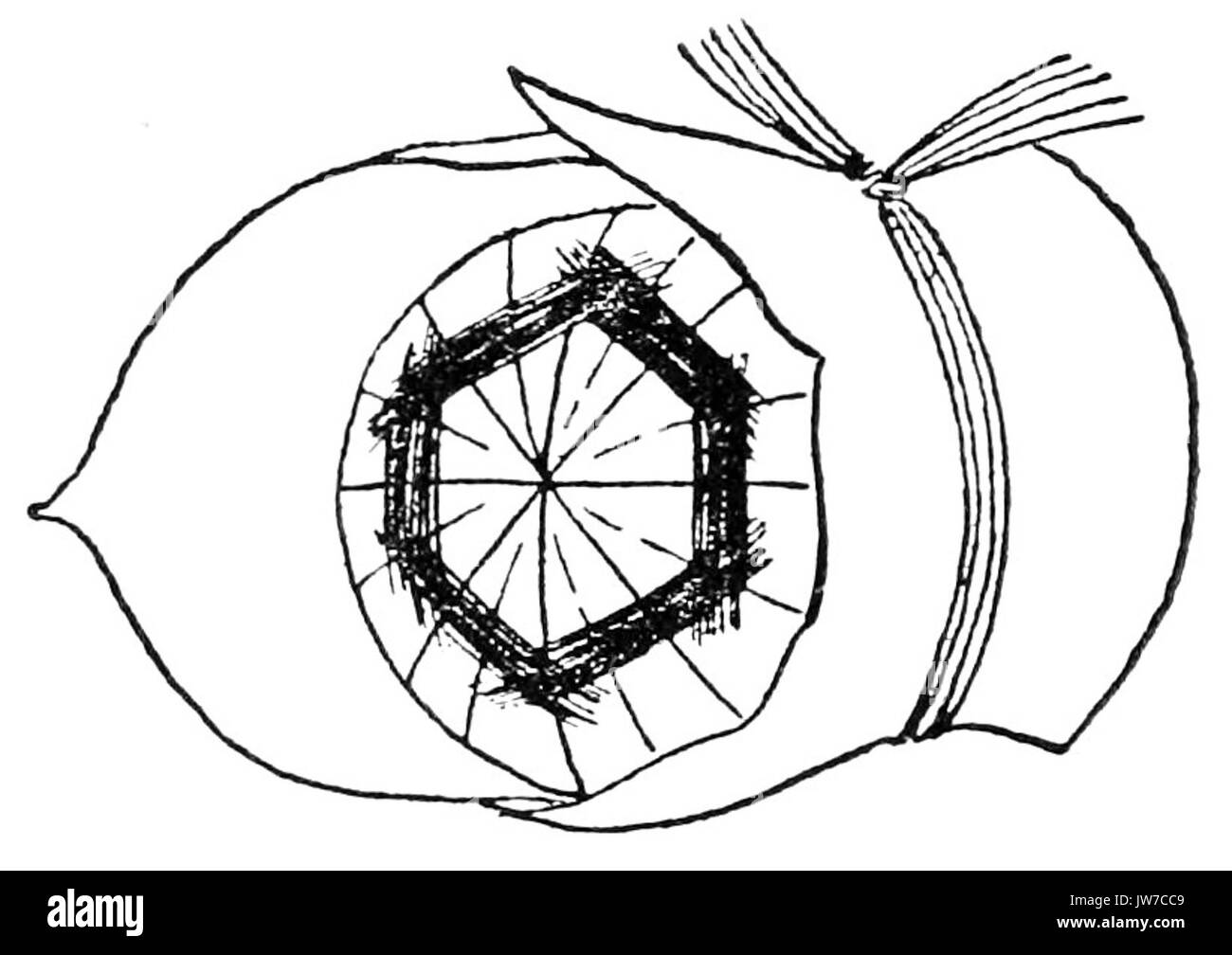
The spiritual aspect of ikebana is considered very important to its practitioners. A flower arrangement made to mark a death is typically constructed of white flowers, with some dead leaves and branches, arranged to express peace. As its name suggests, creeping phlox has a creeping growth habit that, when in bloom, creates carpets of color with its vibrant flowers in shades of pink, blue, purple, and white. In the language of flowers and in the West, phlox flowers symbolize agreement, representing partnership, unity, compatibility, and harmony. This symbolic meaning is likely due to these ground-covering plants’ low-growing, humble appearance.
Try tying pieces of bamboo together with black twine to create simple arches, gates, fences, and privacy panels. When it comes to designing Japanese garden ideas, make the most of your existing garden features. Mature shrubs and trees, sloping banks or natural dips all present opportunities to get creative and a chance to try out fresh ideas.
Rocks are used to create islands, cliffs, mountains, and of course rock gardens. Be mindful that their shape and placement call for great expertise. In practice, do resist the temptation to fill in every last corner of the garden. The planting in and around it is vital to the overall effect of the water itself. Think of weeping willows bending down to the glass surface, or the color of Acer palmatum (maple) reflecting its fire-like gold and orange leaves across a pond or bowl. Immaculate, serene and perfectly poised, these gardens have often taken a lifetime of study and devotion to produce.





